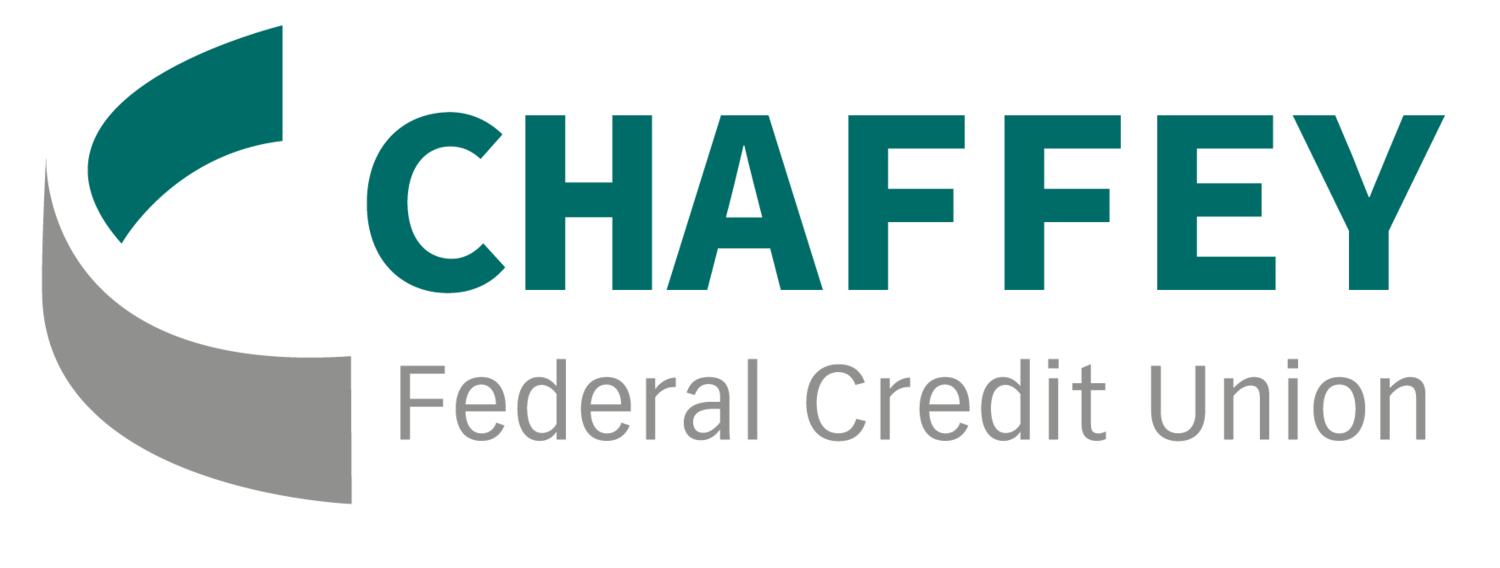The Fed Lowered Rates... Now What?
By Diane Kotlewski, Chaffey FCU CEO
It’s finally happened…since the first rate hike happened in March 2022, we have all been wondering when rates would come down. The last rate hike was in August 2023, and speculation has been floating around for months that rates will go down in 2024, but what does that really mean? Many consumers tend to think that as soon as the Federal Open Market Committee (FOMC) makes their rate decision, that all rates change. In reality, the FOMC only determines one rate: the “Fed Funds Rate” is the rate range at which commercial banks borrow and lend their excess reserves to each other overnight. The Wall Street Journal Prime Rate (“Prime”) tends to follow in close tandem with the Fed Funds Rate, but there is no requirement that Prime move at the same time or even in the same direction as the Fed Funds Rate. Prime is based on a consensus of commercial bank lenders and is generally around 3% above the Fed Funds Rate. As of September 16, 2024, the Fed Funds Rate was 5.25%-5.50%, and Prime was at 8.50%.
For savers, the idea of a rate cut may be a bit groan-worthy. Some institutions dropped their savings and/or certificate rates before the FOMC announced their decision. Other institutions have waited to see what the FOMC did, so their rates may not have been affected yet. The best thing to do when deciding where to put your savings is to look at all of the account terms, not just the rate. Also, make sure that you are comparing rates with rates, and yields with yields. Annual Percentage Rate (APR) is what your money actually earns; the Annual Percentage Yield (APY) reflects the value of compounding, which assumes you never take funds out of the account. Some institutions are still offering high APYs on certificate specials; while the APR/APY look great, the term is quite short. Funds invested in shorter terms will realize the effects of rate cuts faster, since your certificate will reprice at the end of each term. The good news: if you have a $10,000 certificate, a -0.50% rate cut changes your monthly interest by about $4, or about $25 every six months. The cut might feel like a lot, but in terms of actual dollars, it’s a fairly minor impact.
For investors, a rate change by the FOMC could have mixed results, depending on where the investments lie. A rate cut by FOMC makes borrowing cheaper for businesses, which usually means that some businesses can achieve better margins (translation: more net income); stock prices might increase for those businesses. Other businesses, such as banks, could be negatively affected by a rate cut because they will not be earning as much from the funds that they lend out.
For borrowers, a rate cut may be welcome news. Credit cards with variable interest rates are in some cases charging over 30% Annual Percentage Rate (APR)! Borrowers historically have struggled with getting out of credit card debt, and it has become even more difficult in recent years as rates have increased AND consumers have relied on credit cards more with increasing prices. With the rate cut announced by FOMC, perhaps we will see some relief on the credit card interest, but it still won’t be much. A 0.50% rate reduction on a $5,000 credit card balance translates to monthly interest savings of only about $2. I’ll insert a shameless plug here: Chaffey FCU credit card rates are fixed, with various programs ranging from 9.90%-18.00% APR.
For consumers looking to purchase a car or a house, a rate cut could make that decision seem a little easier, but don’t expect the base price of cars or houses to drop right away with the FOMC’s announcement. New cars have been selling above MSRP since the pandemic, even as dealer incentives have gotten much more appealing in recent months. Those dealer incentives could be affected by the FOMC rate announcement. For home buyers, an increase in the number of potential buyers could drive home prices up, which of course means a higher loan payment. Mortgage rates are a bit of an animal all their own, so the FOMC’s rate cut does not automatically mean that mortgage rates move in the same way. For context, on a $400,000 mortgage loan, a 0.50% difference in rate translates to a $130 difference in the monthly payment.
Whether you are a saver, an investor, a borrower, or a buyer is what determines if the rate cut announced today by FOMC is a good or a bad thing. To be honest, the rate cut could be both good and bad for an individual. When you are looking at your personal finances (whether savings or borrowings), be sure to look at the dollar impact of changes rather than just the rate. Also, remember that despite what the news and the markets say about what will happen with rates during the remainder of 2024 and into 2025, there is no guarantee that those predictions will come true. Just as there was a lot of uncertainty when rates started going up over two years ago, there will be a lot of uncertainty in the coming months as we wait to see where rates settle. My best recommendation to you is to choose your actions based on your overall picture, not just a single event. Chaffey Federal Credit Union offers various resources to assist you in making those decisions, including W.I.S.E., our free financial counseling program, and retirement planning services.



